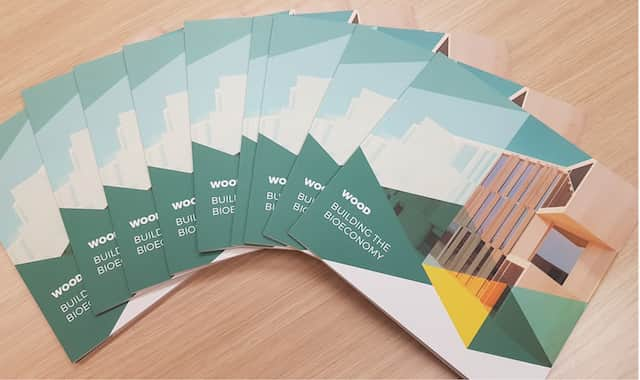
New Book, Wood: Building the Bioeconomy, shows how the EU can reduce emissions while increasing output
CEI-Bois, the European Confederation of the Woodworking Industries, is calling on politicians to put wood at the centre of plans to reduce emissions and achieve zero carbon targets.
In its recently published book, Wood: Building the Bioeconomy, CEI-Bois shows how the EU can reduce emissions by using low carbon, renewable, biological alternatives such as timber over high carbon materials such as concrete, steel and plastic.
The publication goes on to show that this would be good not only for the climate but also for the economy as a whole. Increasing the use of European wood-based products in global construction, textile and plastics markets, could generate as much as 60 billion euros of revenue.
“If we are to restore balance in the atmosphere, we need to reduce emissions in the first place, while also increasing the capacity of the global carbon sink” said Patrizio Antonicoli, Secretary General of CEI-Bois.
“Forests and timber are part of both solutions, absorbing carbon from the atmosphere and storing it as wood. Timber harvested from the forests can be turned into high-value products for construction using only a fraction of the energy and carbon that other materials would need.”
“The more Governments across the continent can support and invest in wood, the more valuable this bioeconomy can become, helping to reverse the adverse climate and environmental impacts of human activity and meet our obligations under the Paris agreement.”
Wood, Building the Bioeconomy aims to exhibit the inherent advantages of using wood. Wood is renewable, sustainable and can be used, re-used and recycled. It is a model product for Europe’s transition towards a Circular Economy intended to boost global competitiveness, foster sustainable economic growth and generate new jobs.
To download a free copy of Wood: Building the Bioeconomy CLICK HERE
